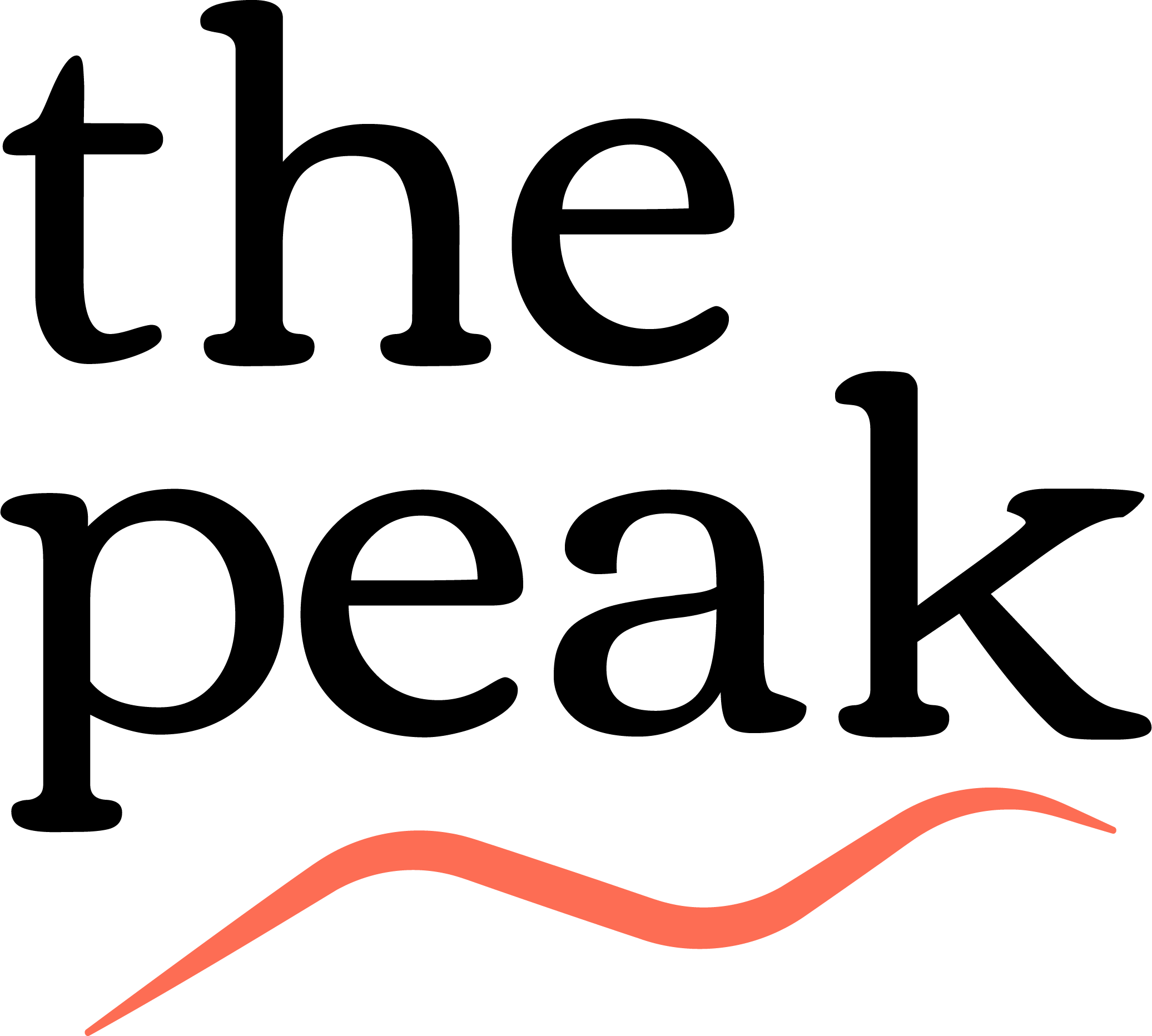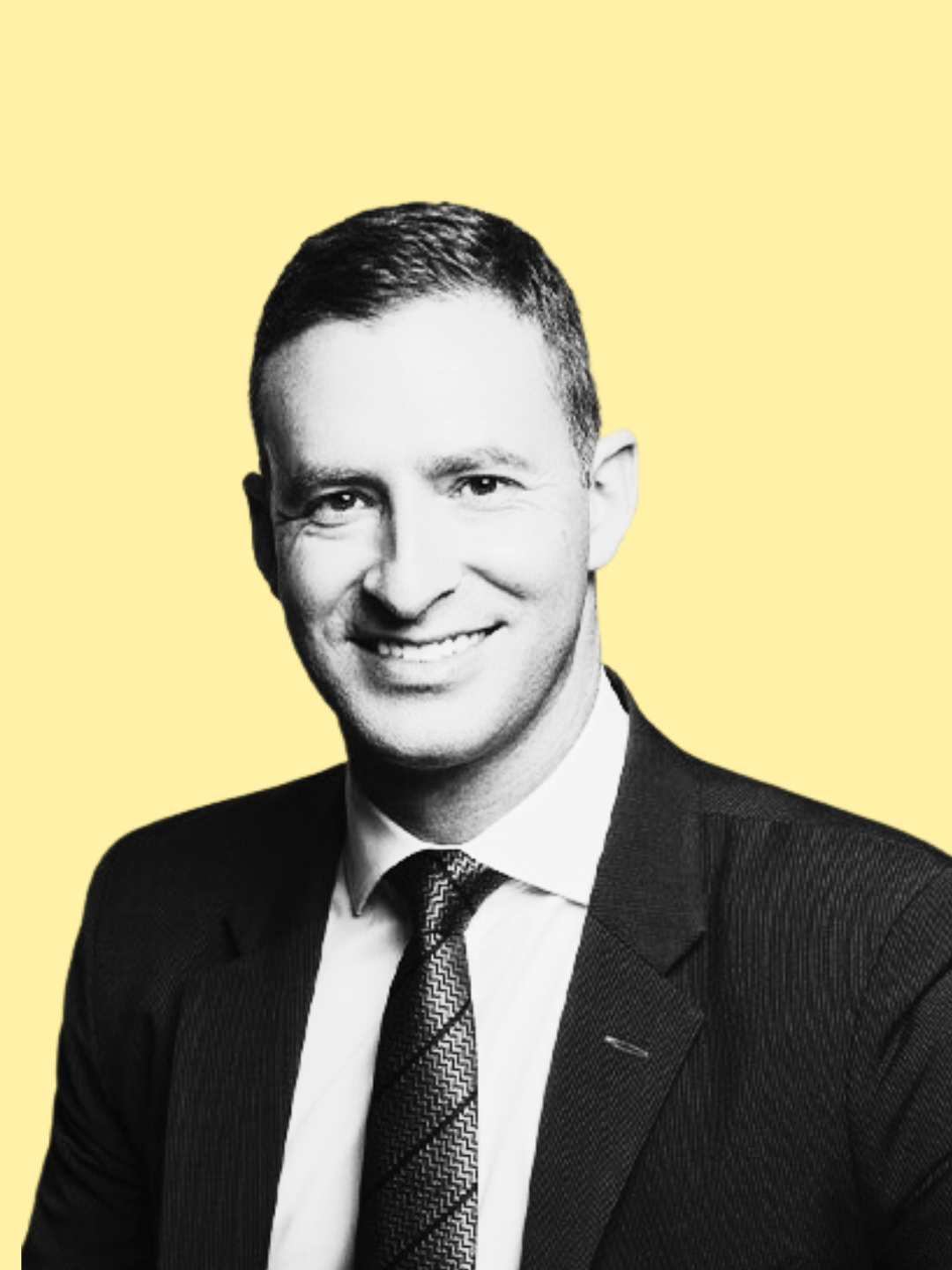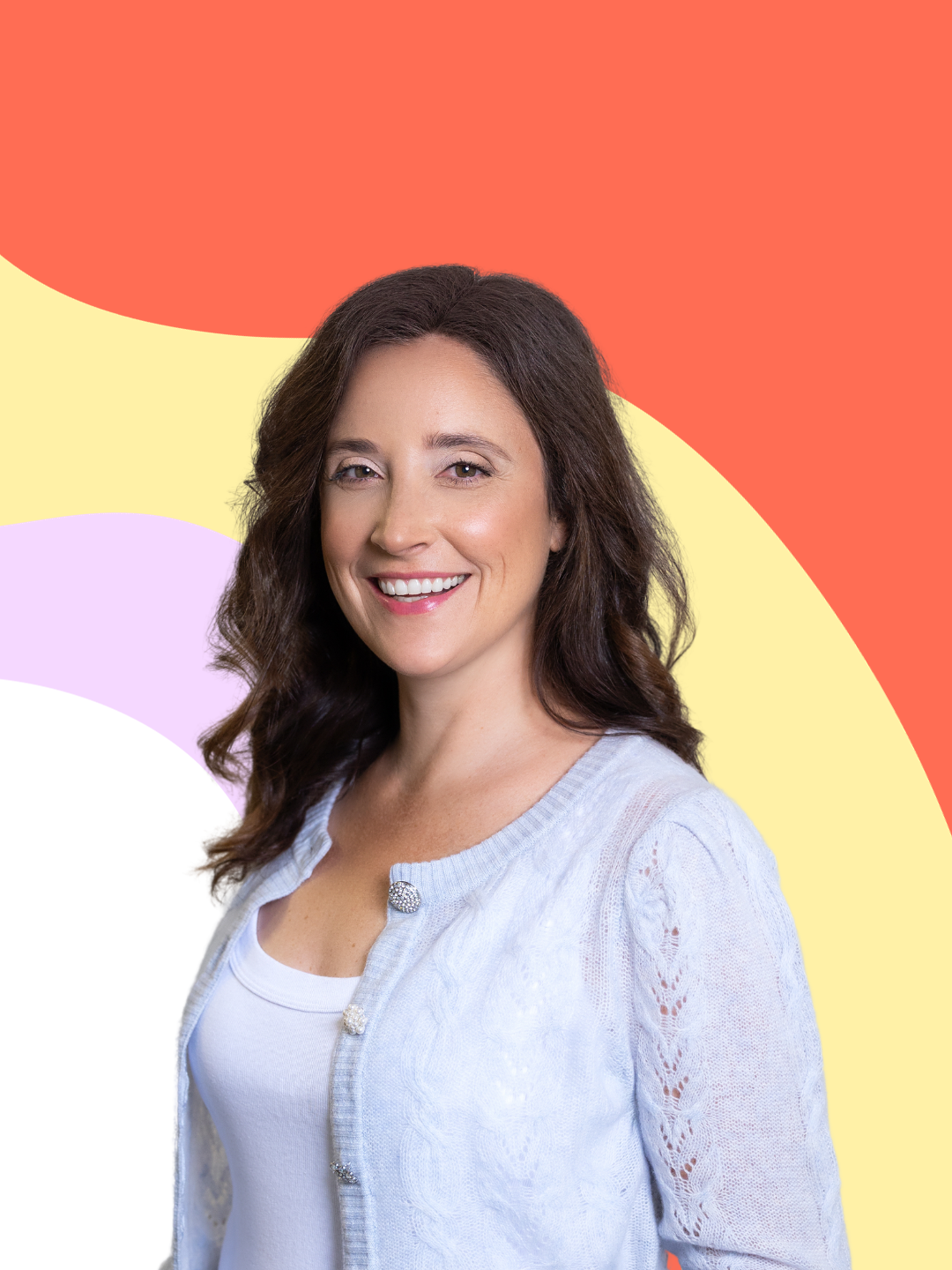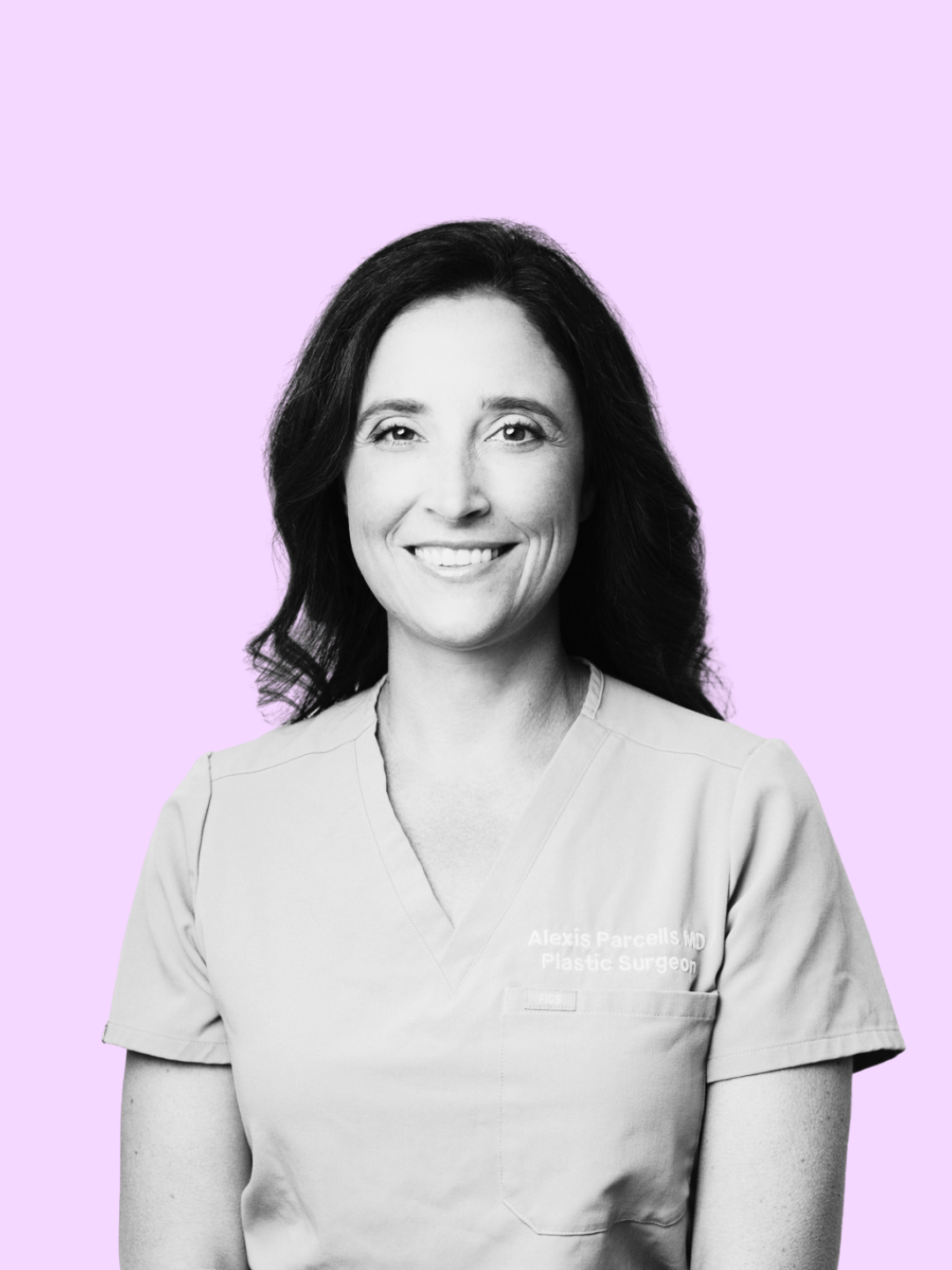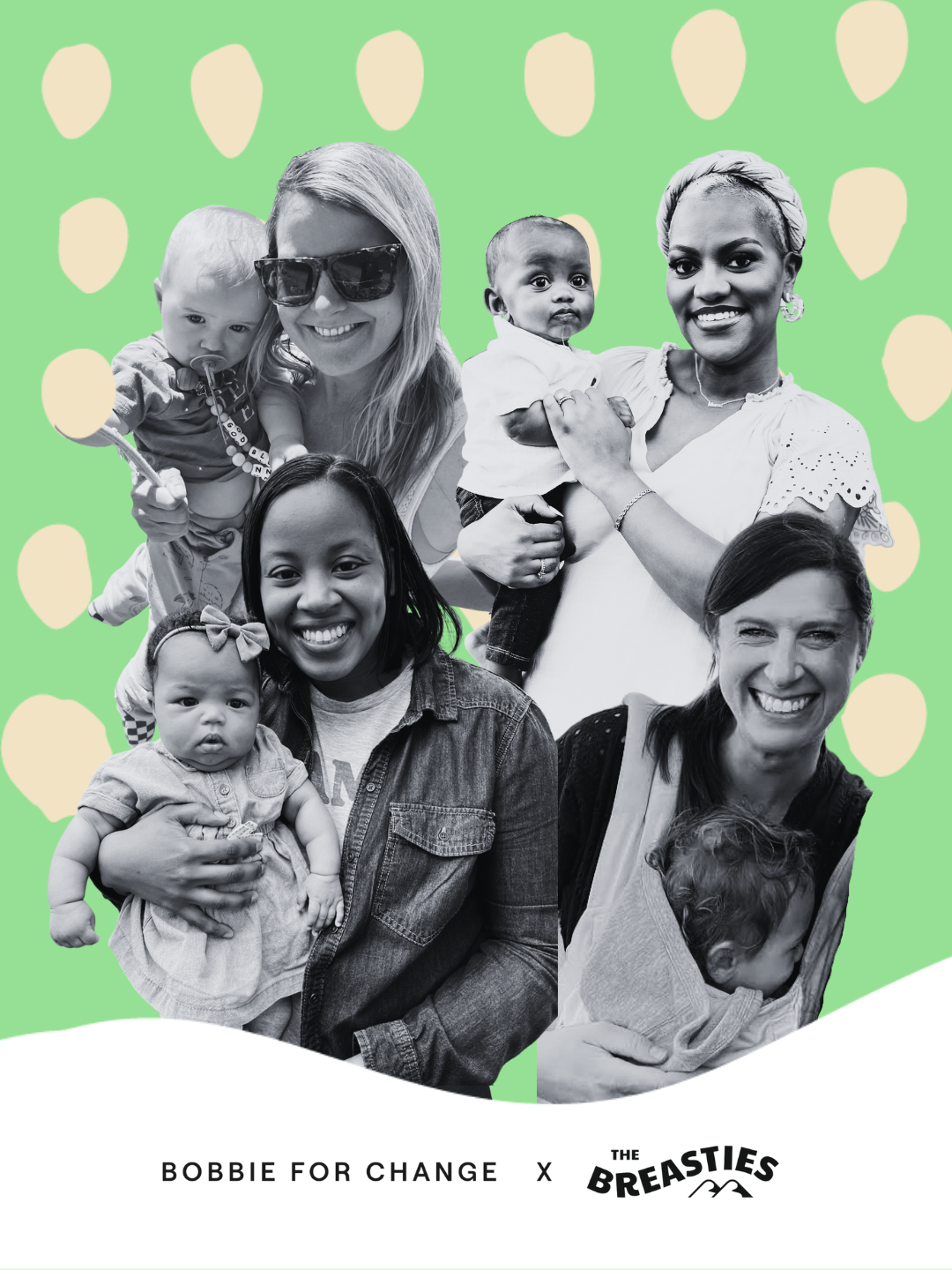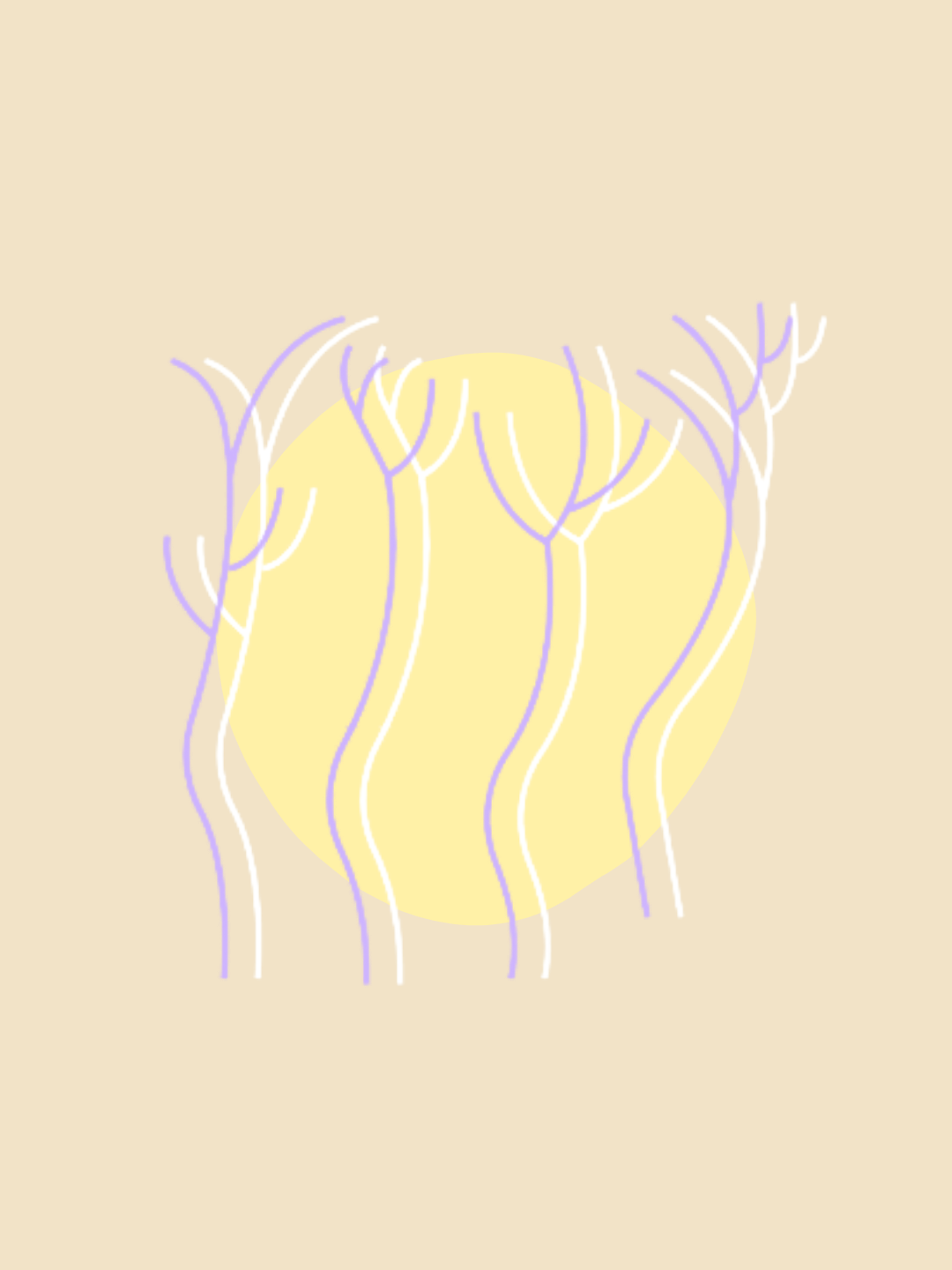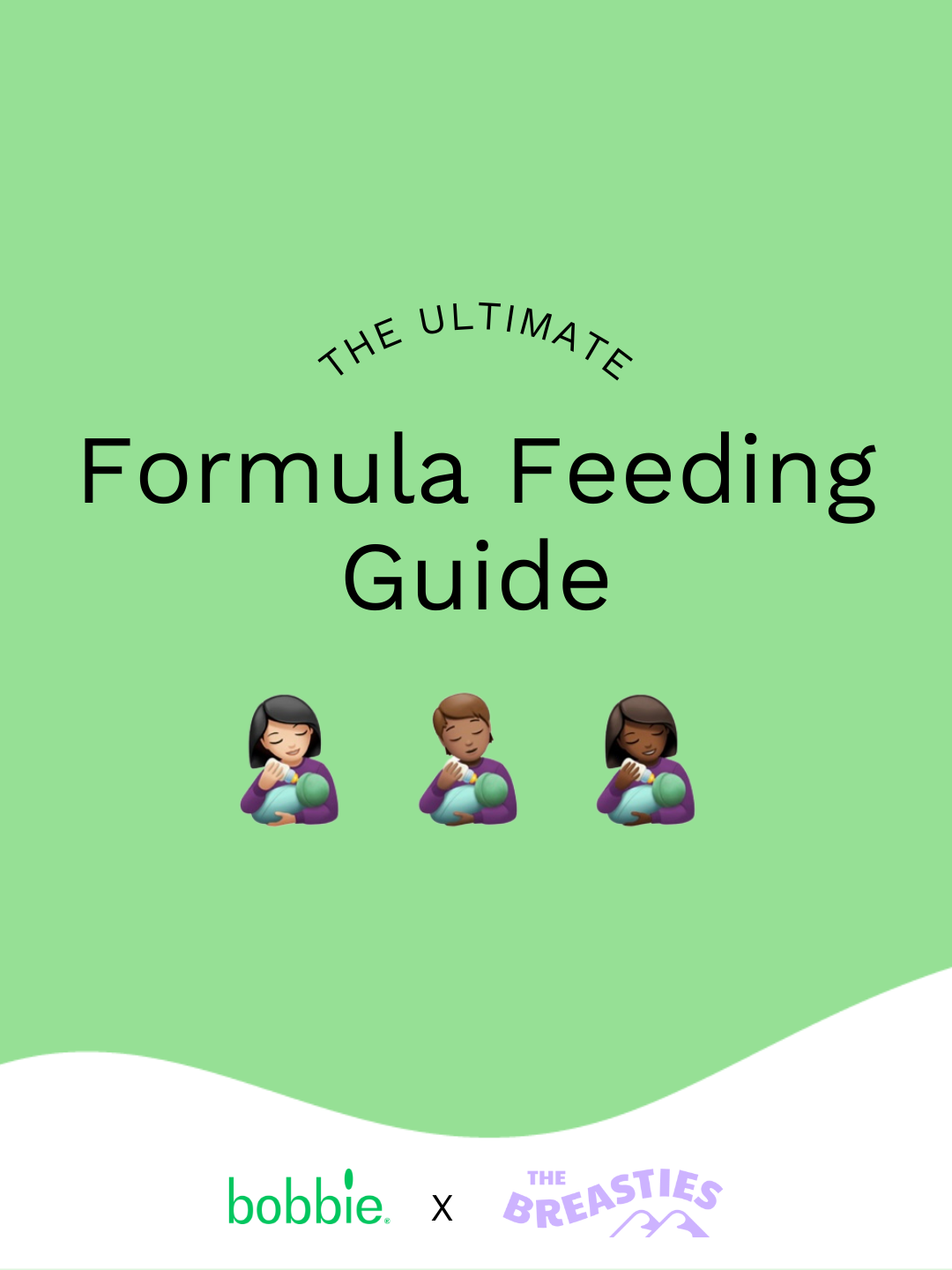Peak Partnered: This article is in proud partnership with Breast Relief℠ by Dr. Jonathan Bank. Breast Relief℠ and The Breasties are joining forces to raise awareness of post-mastectomy pain syndrome.
Up to 40 percent of people diagnosed with early stage breast cancer in the United States undergo a mastectomy as a part of their treatment.
So what happens when those who choose the surgery experience chronic pain as a result of their potentially life-saving decision? Dr. Jonathan Bank, plastic surgeon and expert in microsurgery at New York Breast Reconstruction & Aesthetic (NYBRA) Plastic Surgery, has developed a care program to combat just that.
Breast Relief℠ takes a holistic look at post-mastectomy pain syndrome, or chronic nerve pain that can occur following breast surgeries. The Peak spoke with Dr. Bank to demystify the cause of post-mastectomy nerve pain, figure out how to manage it without surgeries, and learn how you can talk to your medical team to get the relief you need.
The Peak: Why is thinking about nerves during mastectomies and breast reconstruction important?
Dr. Jonathan Bank: Breasts and chests have nerves that fall in a very reliable pattern. Essentially, there are sets of nerves that come from the outer and inner parts of the ribcage and meet together at every gap you can feel between the ribs on your chest.
The nerves that are potentially affected during a mastectomy are the ones that run towards the armpit area, and the inner and outer chest. Sometimes they get stretched, pulled, or cut. If the mastectomy goes higher, then the nerves in the collar bone area can be affected as well. They can be injured inadvertently or, if they travel through the breast tissue, then some of them just have to be cut during the surgery.
What happens when you don't reconstruct the nerves afterwards is that the ones that do want to grow back have nowhere to grow to. It's almost like leaving a live wire that just constantly sparks. It’s a hazard. This is what can cause post-mastectomy pain.
TP: What got you to start thinking about addressing post-mastectomy pain?
JB: When I went into practice, before I truly delved into nerve reconstruction, I had patients that would have a beautiful reconstruction but there would be parts of them that still hurt. While I may have been happy with how things looked, I was unhappy—as were they—if there were still areas that were still tender.
The reconstruction may be as beautiful as it can be, but it's not worth much if the patient is chronically uncomfortable, and I knew that the areas that were the most sensitive were the ones that I would typically target for nerve reconstruction.
That was the impetus to start thinking about what we now coined as Breast Relief℠. During our COVID hiatus, I finally had time to sit down and put pen to paper and come up with a plan of how to attack post-mastectomy pain in a multidisciplinary fashion.
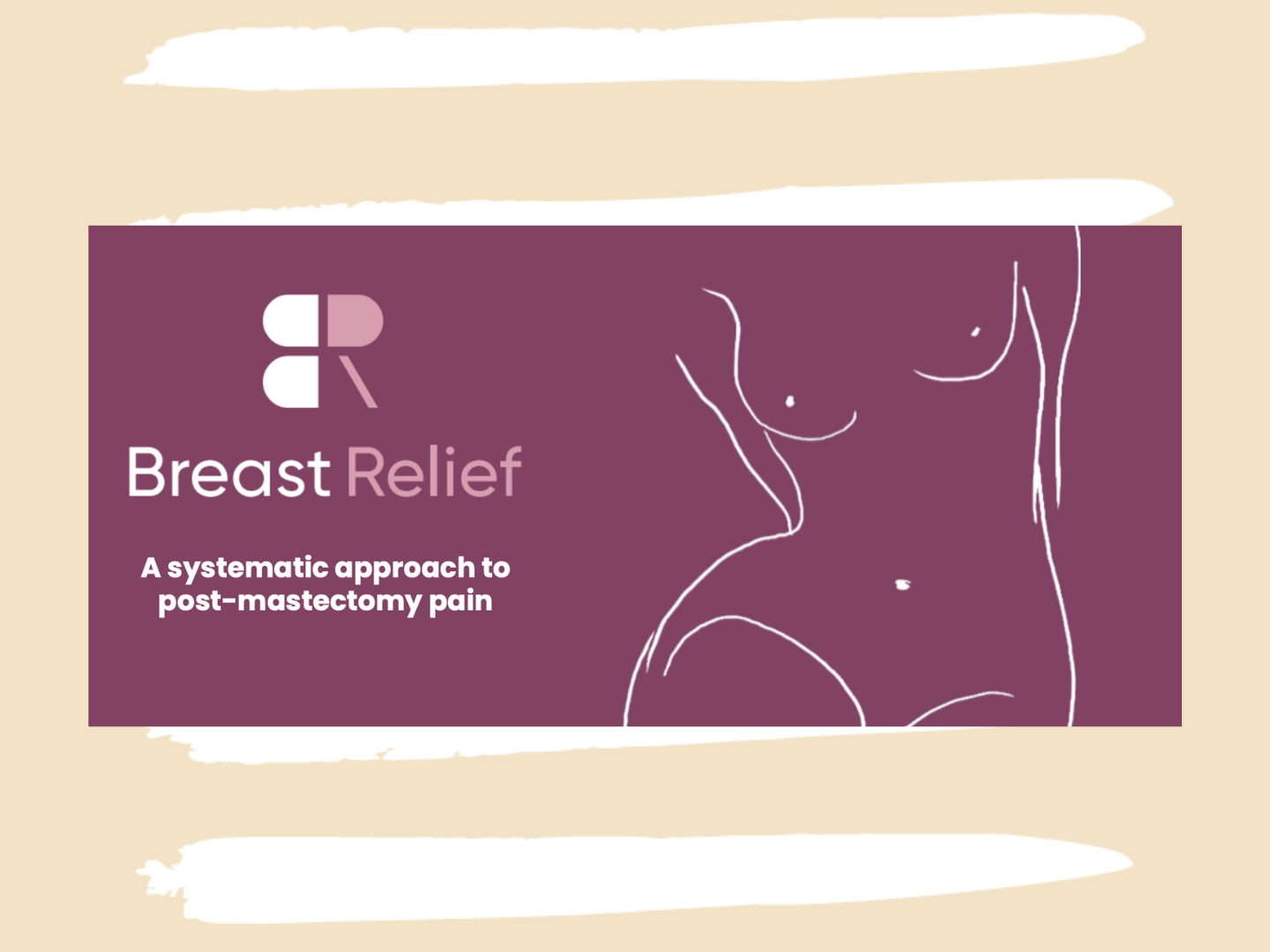
TP: How does Breast Relief℠ tackle that type of nerve pain?
JB: I know the last thing someone wants to hear after having numerous surgeries for breast reconstruction is that they have to have another operation, and I don't think that needs to be the case the majority of times.
So that's where the components of the Breast Relief℠ program come into play.
During the pandemic, we also saw the value of jumping on a Zoom with not just a doctor, but with a physical therapist, maybe a pain specialist, and figuring out where is the right place to enter.
Do you really need to jump into surgery again? Probably not. Maybe start with physical therapy. A lot of pain in the breast and chest after mastectomy is just from guarding and not moving and there are plenty of modalities that can be applied there before jumping into another operation.
If that doesn't work, pain medications frequently help. Sometimes all you need is an appropriate dose of an anti-inflammatory medication or medications that help calm down nerves.
Beyond that, we can also do nerve blocks, so injecting areas with local anesthetic or steroids help minimize the pain, and sometimes that's all you need to stop that vicious cycle of hurting and more hurting.
Once we've exhausted those options — and a lot of times we do things simultaneously — the next step will be some kind of reparative surgery, which is where I come in. The nerve block can tell us, "We injected here. It helped. This is more or less where the problem is," so that's where we search during surgery.
That collegial effort with my partners in the program really improved the level of care for patients and definitely increased the access to care.
TP: If a patient is experiencing post-mastectomy pain and would like to recreate their own Breast Relief℠ program where they live, what questions should they ask their team?
JB: First of all, the best way to deal with a problem is to avoid it altogether. I would start in the pre-operative phase and ask:
- What is your protocol to prevent pain?
- Are there things related to physical therapy I can do?
- Do you do nerve blocks during surgery?
- What's your immediate post-operative pain protocol?
You can ask your breast or plastic surgeon: "I'm interested in preserving sensation to my breast. I understand that it may not be 100 percent possible all the time, but what do you do to minimize problems with cut nerves?"
If one is already in a situation in which they are experiencing chronic pain, please don't settle for: "Oh, that's just the nerves growing back."
That may be the case for a few months, but if it lasts longer than three to six months, and is really affecting your life, ask:
- Is there a pain specialist I can see?
- Will physical therapy help me with some of the pain related to that?
- Is there anything we can do surgically if we need to?
TP: What impact have you seen from the Breast Relief℠ program?
JB: There's so much more than making sure that the breasts look as great as they can in before and after pictures. It's totally meaningless if the person can't function and enjoy their life. Breast Relief℠ is not just spot pain relief. It's a sigh of relief to be able to continue with your life.
If I had to retire tomorrow and I saved one patient from a lifetime of not knowing where to put their body without being uncomfortable and without being on pain medication forever, then that's it. I did my job.
Learn more about the impacts of post-mastectomy pain by heading to breastrelief.com and by following @jonathanbankmd.
